25 Tips for Picky Eaters – Part 3: It’s All About the Marketing
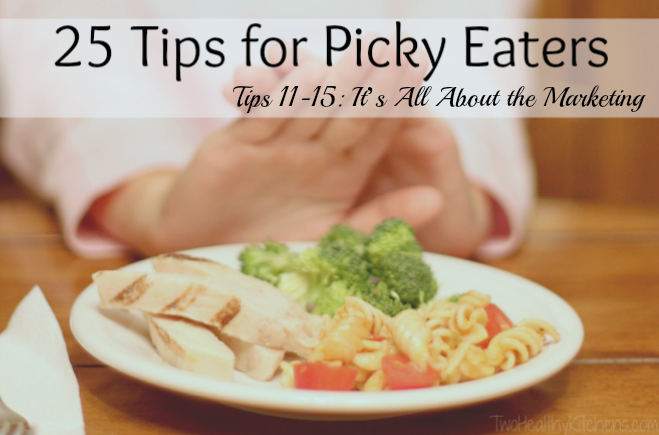
We’re armed with a master’s degree in nutrition, hundreds of hours of culinary classes, and oodles of research on parenting picky eaters.
But do you know where we put all that knowledge to the test? In our own kitchens, at our own tables, with our own kids. We’re right in the trenches with you on this one, friends, and we feel your pain!
In this five-part series, we’re sharing our top tips for navigating this tough parenting challenge. Adapt these ideas in ways that work for you and your family – the ages of your children, the ways you normally eat, and how you like to parent and teach your kids. Not every strategy will resonate with everyone – choose what’s right for you!
If you’ve been following this five-part series on Tips for Picky Eaters, then you know that in the last couple of weeks, we gave you some basic tips on parenting picky eaters, and also discussed how you can score big by just getting your kiddos more involved in meal planning and prep.
This week, in tips 11-15, we’ll give you some secret weapons to give those healthier foods an appealing spin with a little marketing know-how!
As parents, we often gripe about the marketing tactics food manufacturers use to target our kiddos and influence their eating habits. Cute cartoon characters, bright colors, toys in the box … any trick to get kids to watch the commercials or zero in on those perfectly positioned and highly enticing packages placed right at kid-level on the grocery store shelves.
Hey – we can play that game, too! Let’s take a page right out of the playbook of all those food marketers … and use a little marketing to our own advantage!
11) Make Food Look Appealing to Your Kids
We’ve all heard the phrase “You eat with your eyes first.” It just means that you’re a lot more likely to want to eat food that actually looks enticing. That’s especially true with kids!
Lunchables brilliantly capitalized on this idea, and it’s the exact same concept that’s driving the current bento box craze. Tiny compartments of food are cute!
Plus, for kids, they seem approachable, manageable, and the foods are always cut into child-size pieces. The foods also don’t touch or get mixed together (which can be an issue for lots of little kiddos).
You can do this, too (but with your own homemade and much healthier finger foods!). Try using muffin tins or muffin papers to portion out small amounts of healthy foods.
If your kids really love this, you can also find plenty of bento box kits available in stores or online.
And that’s just the start! There are loads of other ways to make foods more visually enticing for kids. Sure, you can spend endless hours carving edible scenes complete with broccoli trees and pretty fruit butterflies, but who’s got that kind of time?!?! Keep it simple!
- Try cutting foods into fun shapes or child-size pieces that are easy to grab and hold. Sometimes just cutting fruit into small wedges or slices (instead of leaving it whole for a child to work through) can make such a huge difference!
- When you’re making sandwiches, don’t always simply cut them in half – sometimes cut quarters, or triangles, or (whoa … getting crazy here …) even fingers! Sounds so obvious, right? But even tiny alterations like that can liven things up and keep the kiddos more interested!
- Oh – and keep a stash of cute cookie cutters close at hand. That boring slice of cheese, wedge of fruit or same-old-same-old sandwich takes on new life when it’s been cut into a heart or a star. (Bonus for you, busy mom: you can munch the tasty “scraps”!)
- Want more ideas for cookie cutter fun? Try making fruit kabobs! Oh – and since we’re talking about marketing tricks – don’t forget to give them a cute name like “princess wands” or “pirate swords” – so much more exciting than “stack-o-grapes”! Which brings us to our next point …
12) There’s No Shame in a Cute Name
When you answer the always-worrisome question, “What’s for dinner?” set yourself up for success with the best possible answer! Think of a good name that highlights the things you know your child will like about a dish (think: crispy-crunchy chicken or sweet Chinese beef). Make it sound interesting and yummy by playing to your kids’ existing preferences.
And don’t hesitate to dig even deeper. When Shelley’s kiddos were preschoolers, they were helping her at the grocery store when they spotted taco boxes sporting an image of Spiderman. Cool! And there was the “hook” – that night, her family (including her daughter who had previously always claimed tacos were too spicy) enjoyed “Spiderman” Tacos! Thank you, food marketers!
Cutesy names won’t always win the day, but there’s no shame in giving yourself every competitive edge you can, right?! Even if this strategy nets you just one or two tentative bites of a new food, it’s a tool worth keeping in your arsenal!
13) Keep the “Good Stuff” at Eye Level (Product Placement Matters)
Ever notice how all of the sugar-laden, bright-colored, cartoon-character-endorsed cereal boxes are at a kid-friendly height in the grocery store? There’s no mistake in that placement. Companies know that if kids can see it, they’ll want it. That’s prime real estate on the grocery shelves!
You can use this strategy in your own home, too. It may require a little rearranging, but consider clearing a lower shelf in the pantry or fridge for healthy snacks. Think fruit, veggies with dip, yogurt, Snack Bites, low-fat cheese, whole-grain crackers … you get the idea!
Give kiddos some freedom to choose their own snacks from those designated shelves. That little bit of empowerment will go a long way!
14) Embrace a Good Backstory
Kids love to hear a good story, and helping them make connections between food that’s presented and other things they love can be a powerful marketing strategy. What do we mean?
Well, maybe you’re cooking something that you remember your grandmother making when you were a child. Great backstory! Work it! Tell your little ones all about those memories and why you love this recipe so much. Even if they don’t like the food (and hey, they just might!), they’ll for sure enjoy the special story and begin to build connections to the new food!
You can also look for cues in the books or TV shows your kids love. If Doc McStuffins or the Yo Gabba Gabba! crew tries a new food, maybe it’d be a good week for your family to give that food a try, too. Or, if you read a book about a different country or culture, it could be the perfect chance to introduce a new ingredient or ethnic recipe.
15) Leverage Familiar Foods to Introduce New Ones
Kids, especially the little ones, generally love things that are familiar. Whether it’s clothing, books, routines or foods – things that are familiar feel comfortable and manageable. You can sometimes use that as a strategy for success by introducing new foods along with already-popular ones.
If your kids usually dip carrots in ranch, try offering some hummus alongside. Or, if your child likes to dip some foods in ketchup, let them branch out to try it with whatever other dippers they want!
When Gretchen’s daughter was younger, she loved to dip grilled chicken in ketchup, but she wasn’t so interested in trying new vegetables. Until, that is, she was allowed to dip those veggies in ketchup, right along with her chicken! She would even dip green beans in ketchup (yes, yuck!), but she quickly learned to love green beans (no ketchup needed!).
A little creativity and planning can go a long way … sometimes it really is all about the marketing!
Want more tips to help your kids become better eaters? Check out:
- Part 1: Getting Started
- Part 2: Getting the Kids Involved
- Part 4: Succeeding at the Table
- Part 5: Don’t Make It a Battle
Disclaimer: These tips are just suggestions and may not be right for each child or each family. If you have concerns about your child’s eating habits or questions about nutrition, check with your pediatrician or a licensed dietician who’s familiar with your child’s specific needs.

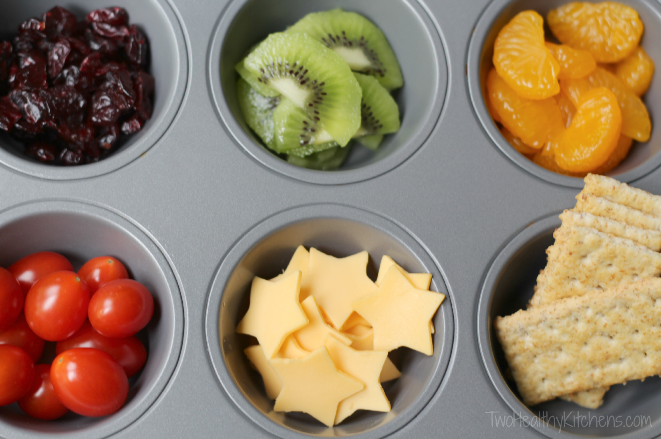
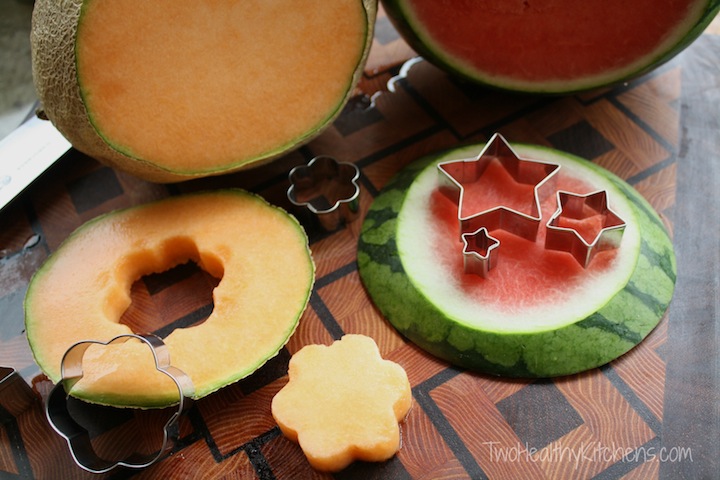
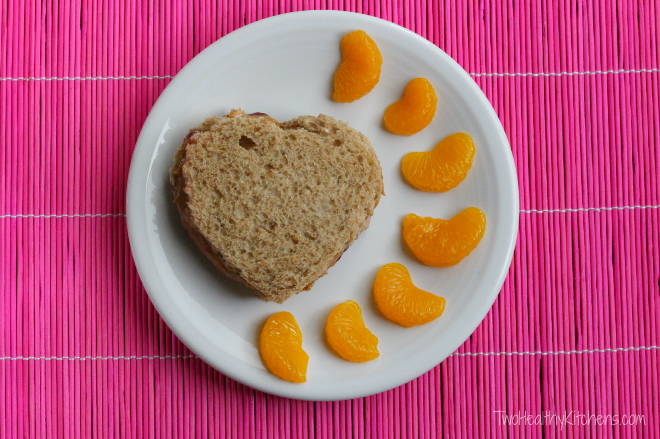
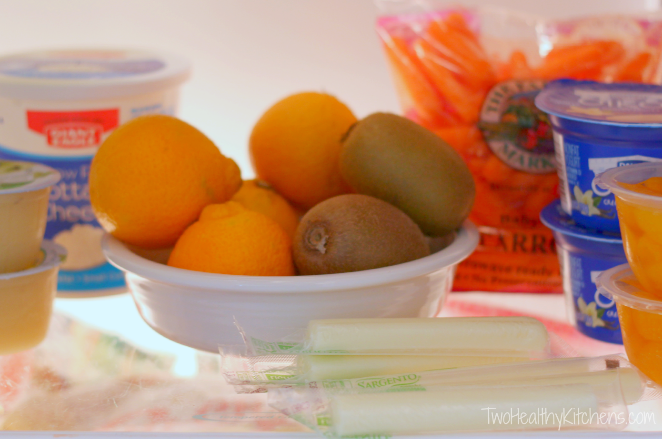
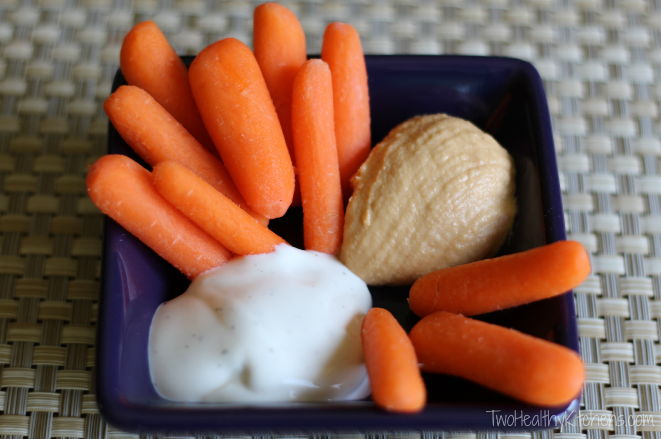
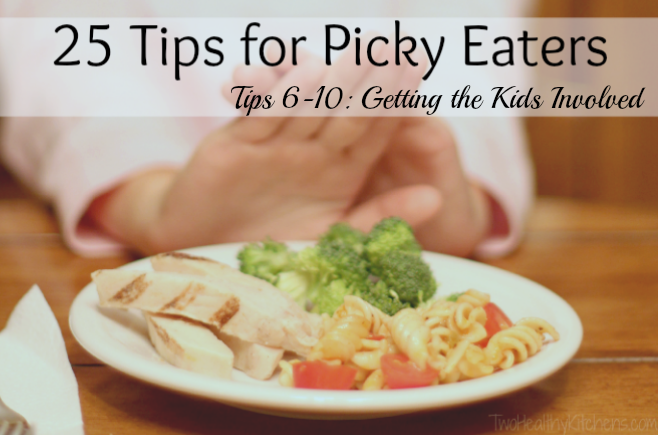
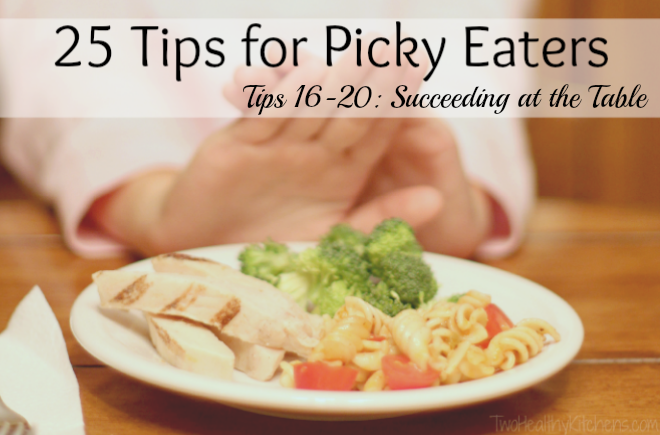
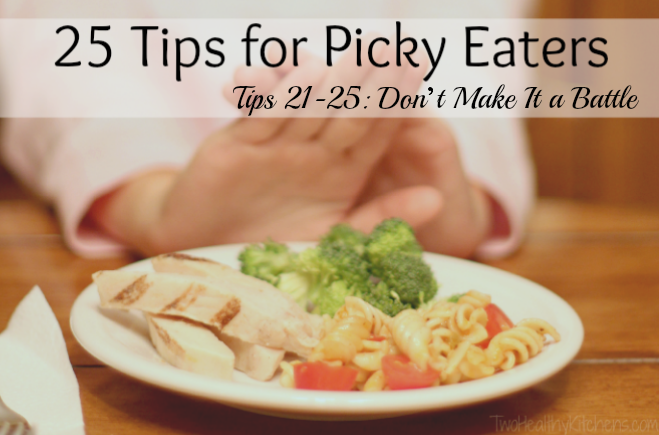
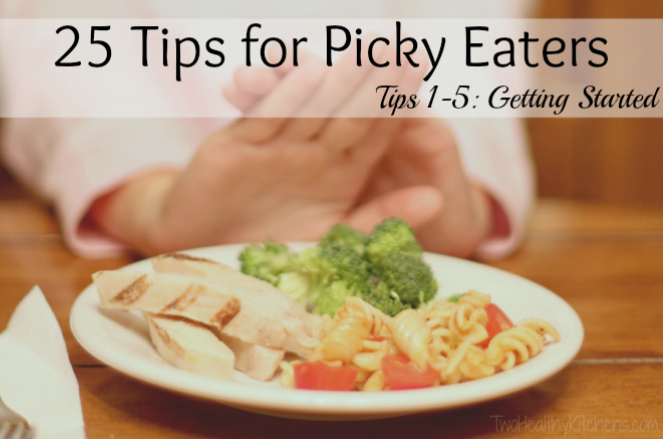
These are wonderful tips! It can certainly be challenging having a picky eater (I have one) and I love your series with these tips. 🙂
Thanks so much, Christine! It makes us feel really good to know that these tips are helping (and even helping foodies like you!!!)! 😀 ~G&S